How To Make Sugar Cookies without Baking Powder or Baking Soda?
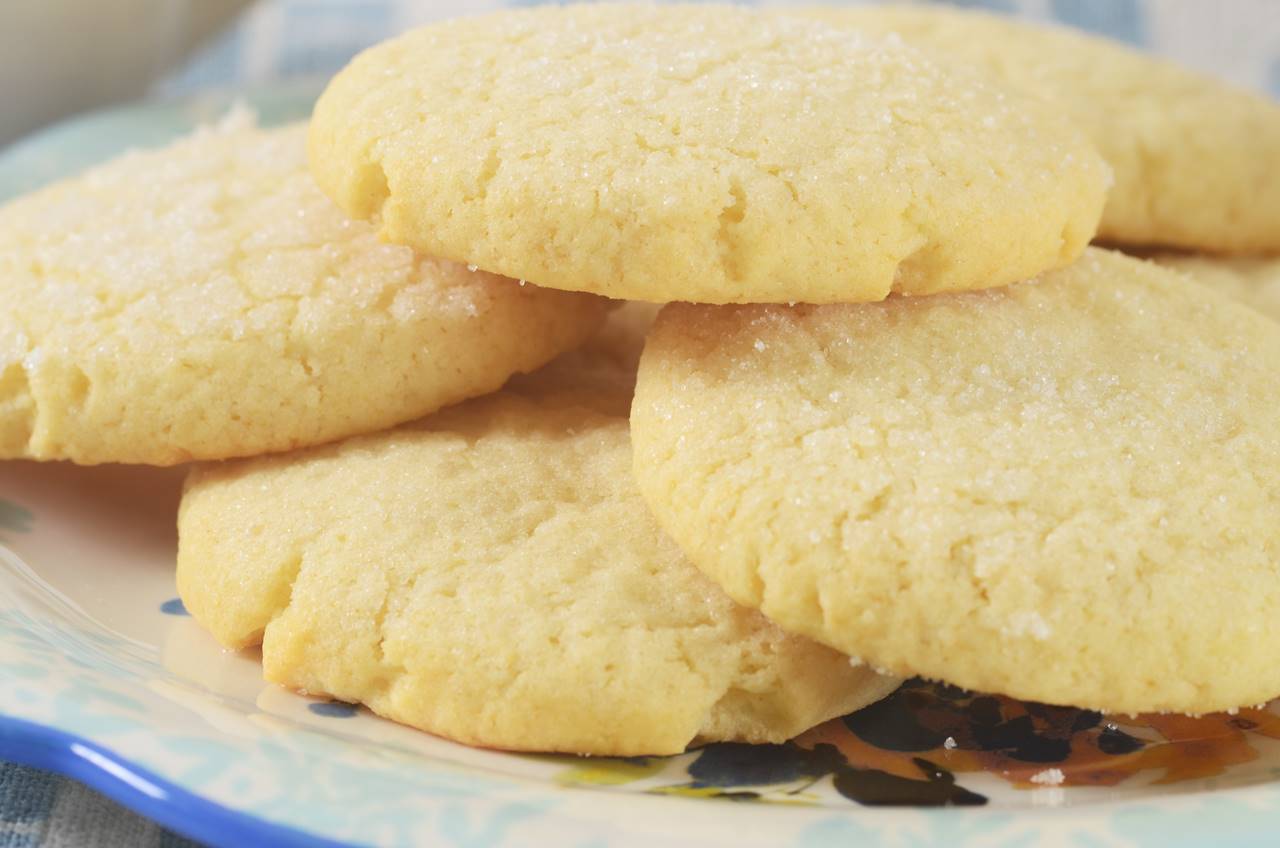
One of the most popular sweet desserts is sugar cookies. Both children and adults enjoy them. With a cup of coffee, a glass of milk, or a cup of tea, these treats may brighten your mornings and make your nights cozier.
Sugar cookies are not only delicious, but they are also inexpensive and simple to create. You don’t need any unique or expensive items to make this dish. The classic recipe calls for flour, eggs, butter, sugar, baking soda, and baking powder, all of which are everyday pantry staples.
The recipe below will show you how to make delicious cookies without baking soda or powder.
What is the purpose of baking powder in cookies?

Baking powder is a type of chemical leavening that consists of a powdered acid and powdered alkali mixture (sodium bicarbonate).
When you mix it into a moist batter, a chemical reaction occurs, resulting in carbon dioxide production. The gas expands the cookie, making it softer and lighter.
What is the purpose of baking soda in cookies?
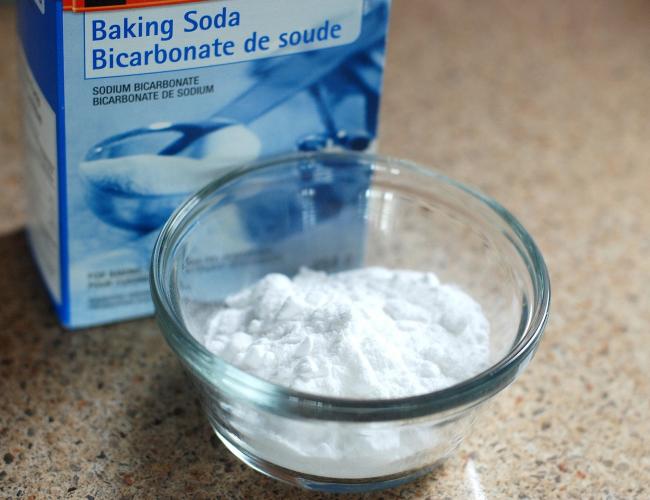
Baking soda, commonly known as sodium bicarbonate, performs the same function as baking powder in terms of making cookies airy. It’s most commonly used with an acid, such as lemon juice, apple cider vinegar, or buttermilk.
What’s the difference between baking powder and baking soda in cookies?
Some recipes necessitate the use of both baking soda and baking powder. Because the amount of baking soda used in this recipe does not produce enough carbon dioxide to elevate the cookies, you will also need to add baking powder.
What happens if you don’t use baking powder or baking soda when making cookies?
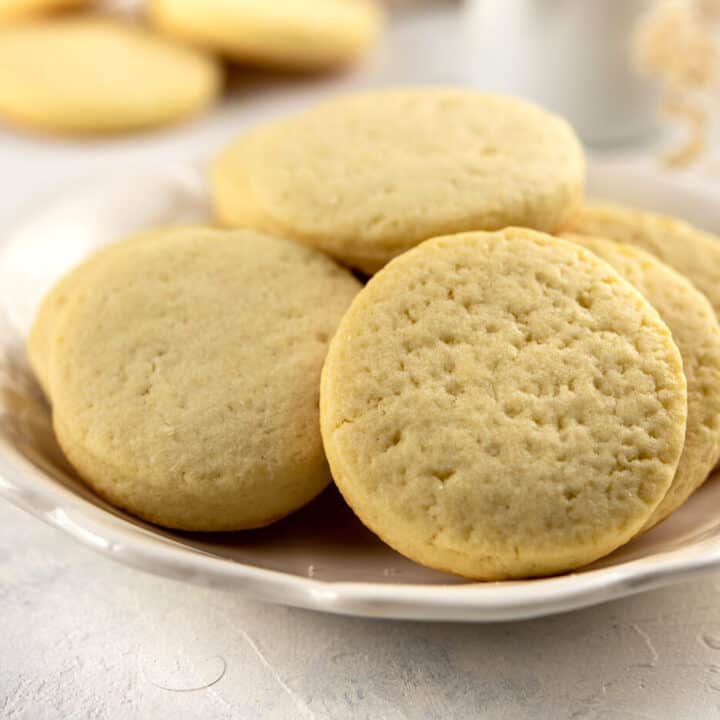
The cookies will turn out fluffier if you use these two leavening agents. It’s not a big problem if you don’t use them in your recipe. Even if you don’t have them, you’ll have excellent cookies. Although the texture will be denser, the taste will not be affected.
You can easily replace baking soda and baking powder with eggs. They serve as the glue that holds all of the ingredients together and a small amount of inflation for the cookies.
For sugar cookies, what will you require?
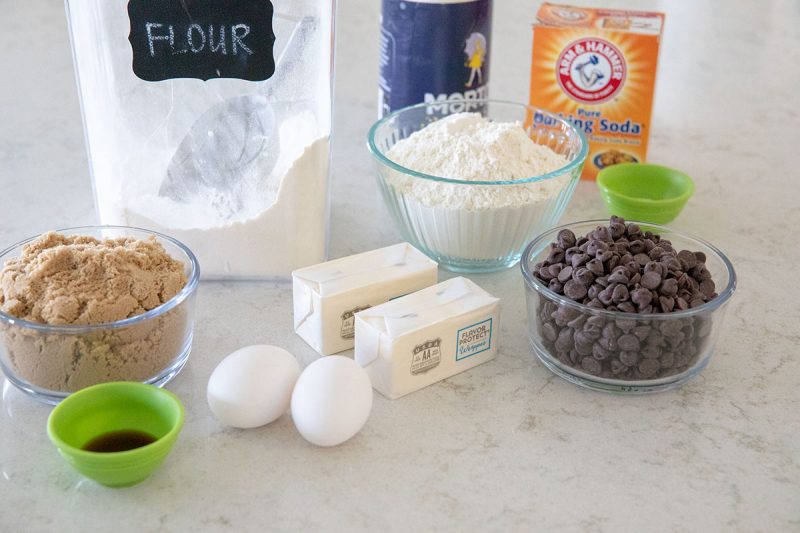
Flour — All-purpose flour or bread flour can be used in this recipe. This recipe can be made with cake flour. Replace the wheat flour with a gluten-free flour blend, including xanthan gum if you want gluten-free cookies.
Butter — I recommend using at least 80% fat butter because it will give your cookies a creamy, rich flavor. Grass-fed and pasture-raised kinds of butter are also recommended, in addition to regular butter.
Sugar — you can use any white granulated sugar. Keep a few tablespoons aside to sprinkle on top of the cookies. The cookies will turn a little chewy if you add brown sugar as well. Sugar cookies with no sugar can be made by replacing the sugar with erythritol or xylitol.
Egg — One egg is all that you require to moisten and fluff the cookies.
Almond extract — This is an optional ingredient: almond extract. I adore the flavor, and it just takes a drop to make the cookies taste amazing.
Crushed almonds — if you don’t like almond extract or find it too powerful, use crushed almonds instead. They’ll give these treats a crunch and, if possible, make them even better.
A vegan sugar cookie substitute
If you want to make vegan sugar cookies, you’ll need to use either baking powder or baking soda instead of an egg to help the dough rise.
You can use any vegan butter you like in place of the regular butter. Remove the egg and replace it with a couple of almond or rice milk teaspoons.
Bake the tastiest sugar cookies with these helpful hints
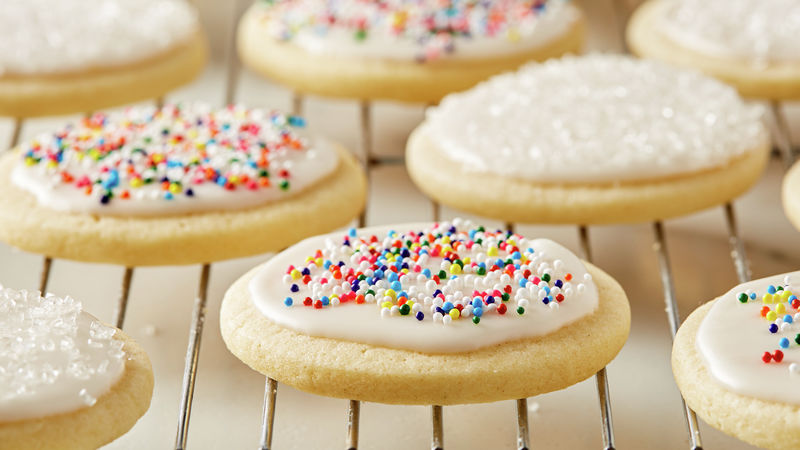
- If you only have whole almonds and need to crush them, place them in a plastic bag and pound them into small pieces with a meat hammer.
- Allow the butter to soften and come to room temperature before whisking it with the sugar. You’ll need to stir the butter for longer if it’s cold. When it comes into contact with the mixer palettes, it will become warmer. Still, it will lack the creamy consistency required for great cookies.
- The dough will be extremely sticky after adding the egg. Please place it in the fridge for at least one hour to allow the butter to become firm. My recommendation is to cut it in half to allow for faster cooling. If you’re short on time, 20 minutes in the freezer will suffice to soften the dough.
- It is conceivable that the parchment paper will not cling to the tray when you wish to line it with it. The problem will be rectified by wetting the tray with a bit of water or rubbing it with oil.
- Sprinkle the sugar and broken almonds over the cookies in the dish and push them down with the back of a spoon to ensure they stay. Otherwise, while moving the cookies to a wire rack or serving dish, you risk losing the tiny particles of almonds.
- The cookies may appear tiny when placed on the dish, but they will expand when exposed to heat, so make sure there is enough space between them.
- You can bake them for 15 minutes or longer, depending on how soft or crisp you like your cookies. I baked half of the cookies for 15 minutes and the other half for 20 minutes because I had numerous trays of cookies. The first batch was soft and chewy, whereas the second batch was crispy. Personally, I preferred the second texture, but it is a matter of personal preference.
- After removing the tray from the oven, make sure to leave the cookies in the tray for another 10 minutes. They will take a little longer to cook because the tray is still hot.











